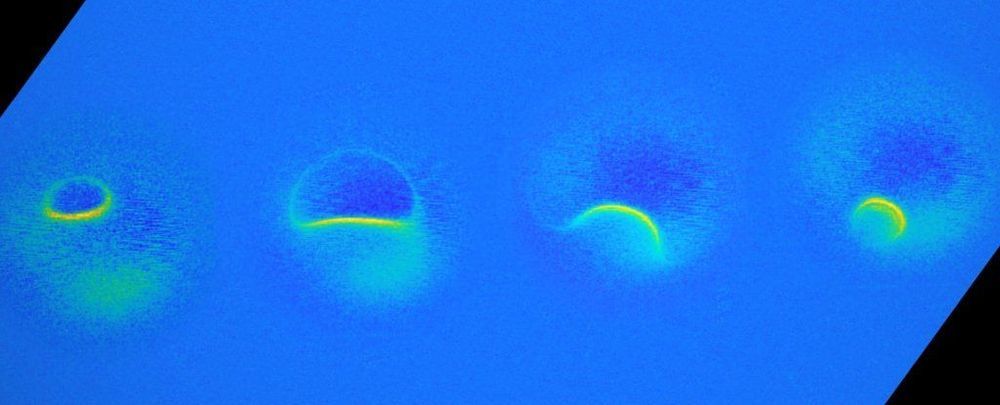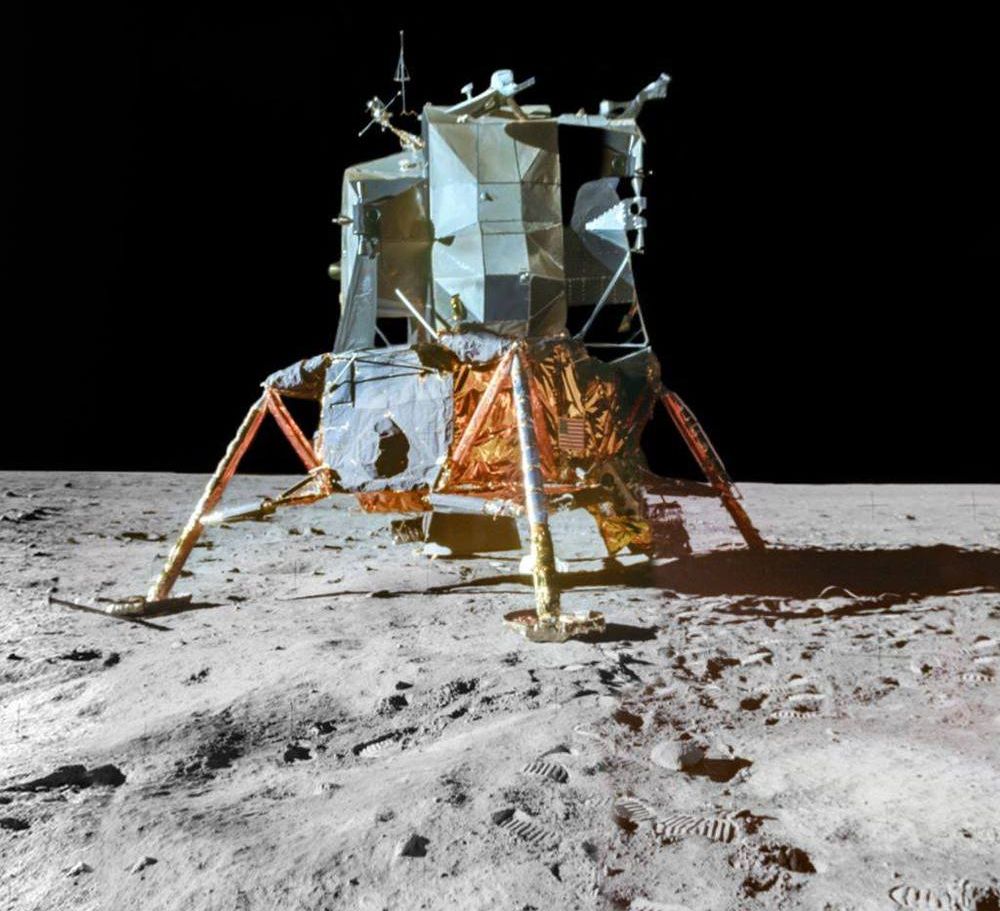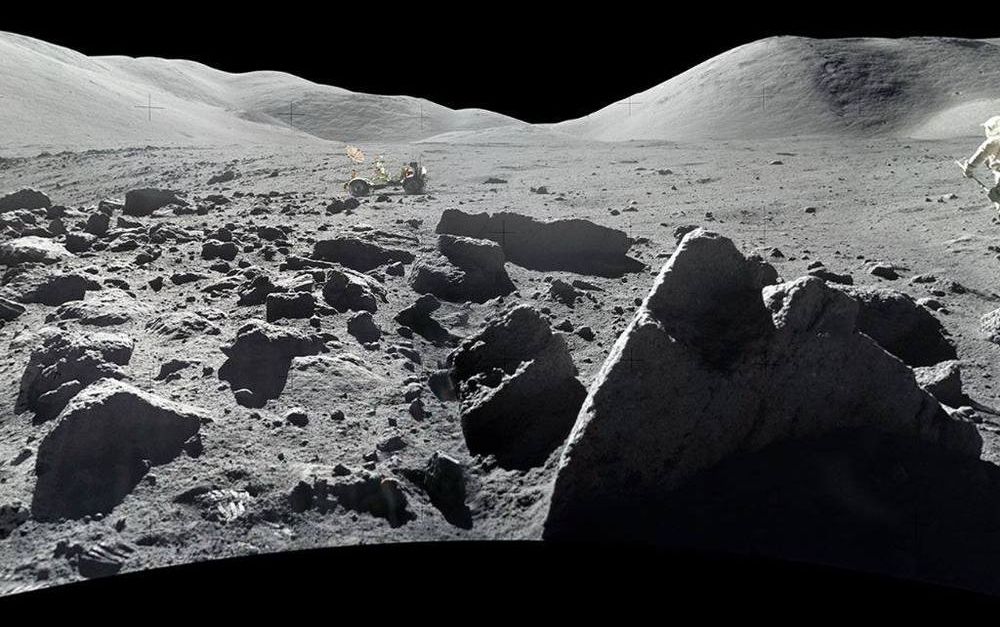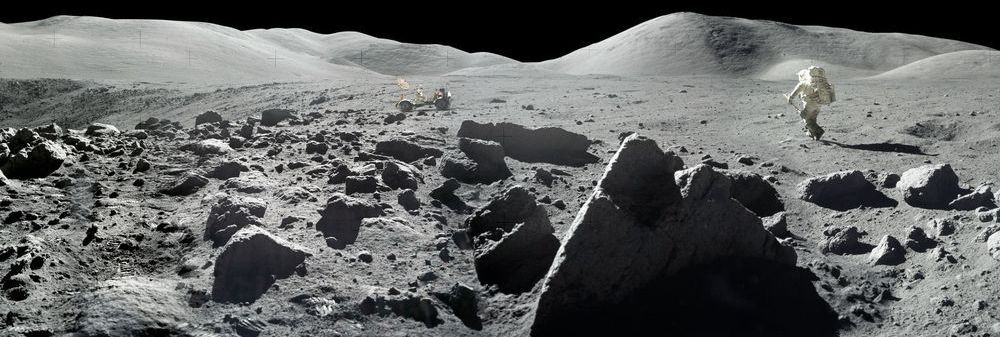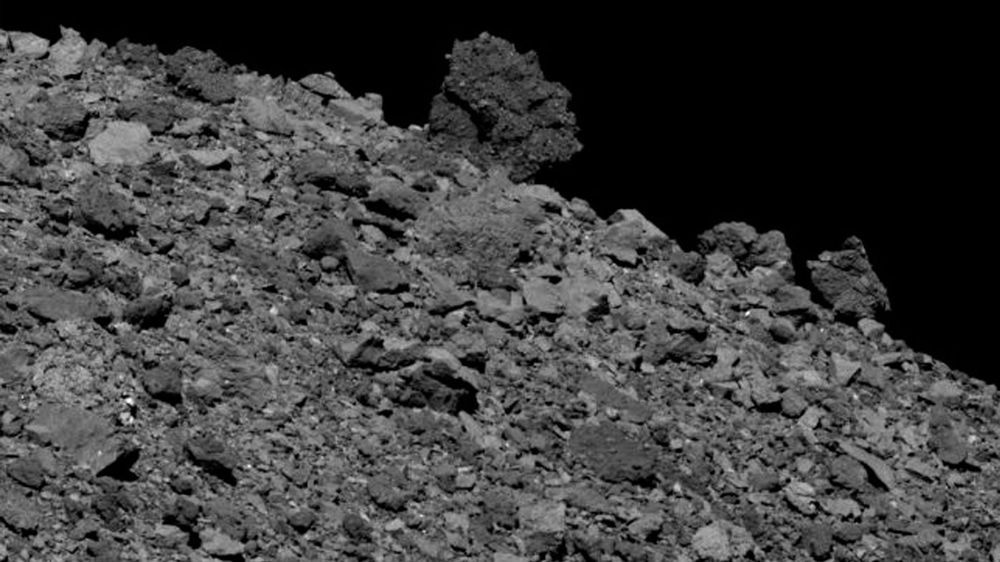Using a new technique, scientists have performed the world’s smallest magnetic resonance imaging to capture the magnetic fields of single atoms. It’s an incredible breakthrough that could improve quantum research, as well as our understanding of the Universe on subatomic scales.
“I am very excited about these results,” said physicist Andreas Heinrich of the Institute for Basic Sciences in Seoul. “It is certainly a milestone in our field and has very promising implications for future research.”
You’re probably most familiar with magnetic resonance imaging, or MRI, as a method used to image internal body structures in medicine. An MRI machine uses highly powerful magnets to induce a strong magnetic field around the body, forcing the spin of the protons in the nuclei of your body’s hydrogen atoms to align with the magnetic field, all without producing side-effects.
